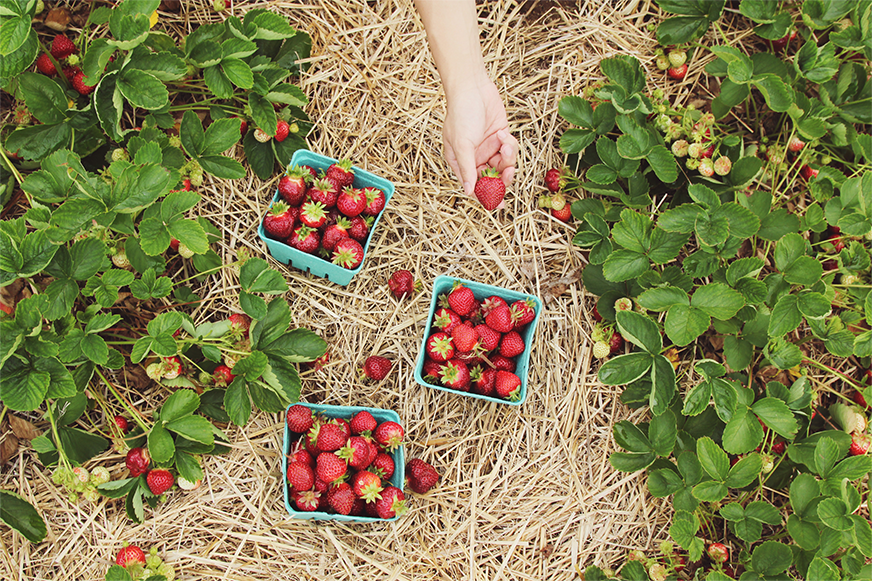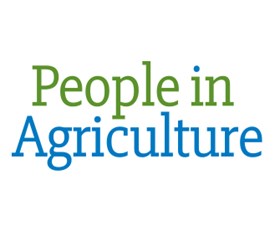Customers Share Risks and Rewards with Community Supported Agriculture
8/5/2018
Farmers in Australia are looking at a new model for their agriculture businesses that enables farmers to purchase shares in the produce from a farm. They are using what is called CSA – Community Supported Agriculture business model.
Farmers in Australia are looking at a new model for their agriculture businesses that enables farmers to purchase shares in the produce from a farm.Emma Horsburgh and Will Bennett are pig farmers from Central Victoria who are pioneering this new model on their farm. They are using what is called the CSA – Community Supported Agriculture business model. Their first use of the model was to deliver pork to some of their customers. They find that this model is more viable and economical for their needs while presenting them with fewer risks. For Emma and Will this model is working out better than trying to sell to supermarkets especially since that due to highly competitive pricing the reduced profit margins means this is not a viable option for many persons.
You will find that not only newer farmers are adopting this model. For example, Tim Wyatt and Derri-Anne have been running their organic vegetable farm for 10 years. They have adopted a CSA model which they have been operating for over a year now.
"We see it as a way for us to better establish our farm and shore up the viable income ongoing into the future," Ms Wyatt said.
"And secondly just because it really enhances our idea of how we want to relate to the people that we're feeding."
With customers providing them with an upfront payment they have the opportunity for more security. This ensures they can purchase seedlings and anything else they need to produce the food. It also creates that mutual obligation so if a crop fails and it’s not the farmer's fault then the customer takes a bit of the risk as well. For customers, it is good because when the farmer is having a good year they stand the chance of getting extra produce without having to pay the additional cost.
The CSA business model for farmers is nothing new. This model has been used in the United States since the middle of the 1980’s. Rachel Carey a University Research Fellow from Melbourne University explains that it started on just a few farms. Within five years the number had increased to 60 farms and currently, there are over 7,000 farms in the United States using this model and they are generating sales of more than US$226m.
In Australia, there is a growing number of CSA farms, often it is the smaller scale farms that are located closer to supporting communities and cities.
Josh McIntosh is an organic broad acre farmer who farms in the South Mallee region at Taplan. He notes that the CSA model allows him to have continuity of demand instead of dribs and drabs. This grants him the option to plan better and provide accurate supply for the demand. He believes that this model will continue to grow for years to come.
The launch of CSA Network
NZ Network and CSA Australia launched with 24 farms registered on launch and more and more joining each week. There was no single point of organisation for CSA’s up until these networks were formed.
Customers are warming up to the model as well. One such customer is Marianne Lavell a resident of Daylesford. She explains why she is quite happy to take a little risk
"We just love the whole concept of sustainable, ethical, close-by and we just really like to support, especially young businesses and new businesses," she said.
"We're very willing because we like to support and help and there's always a little risk and that's fine. I think it's a risk worth taking."





